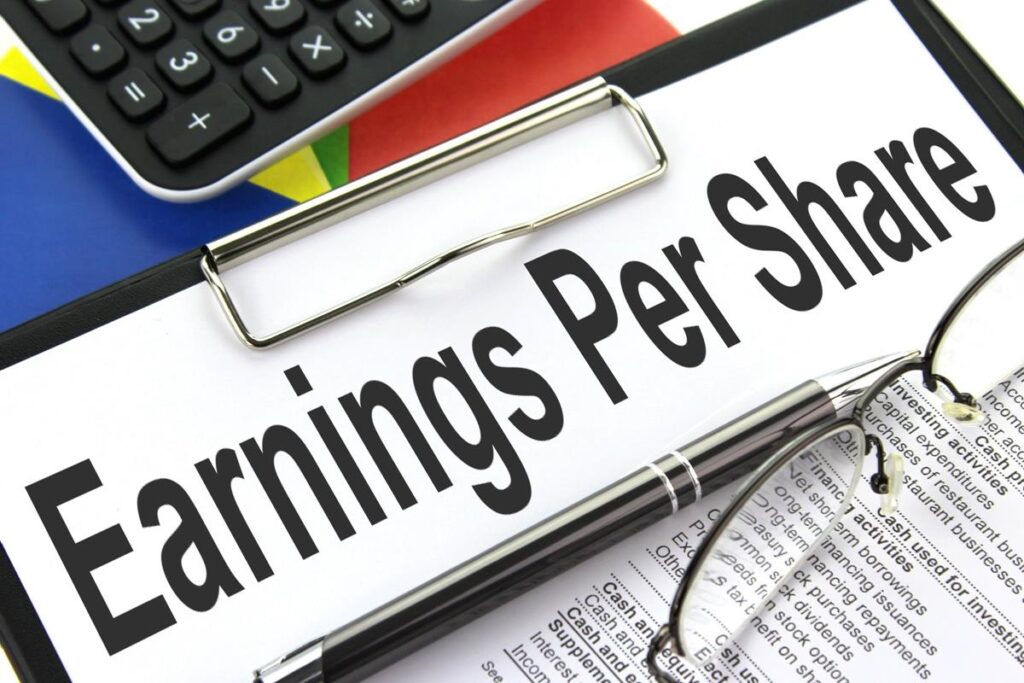Many investors analyze a company’s financial indicators when they invest in stocks. One of the most important indicators is the return on equity (ROE). ROE is an indicator of how efficiently a company generates profits by using its equity capital and is an important criterion for investors in evaluating a company’s profitability.
In this article, we will learn more about the definition and calculation of ROE, and investment strategies using these indicators.

Definition of ROE
ROE is an abbreviation of ‘Return on Equity‘. This indicator shows how efficiently a company is using its equity capital to generate profits. In other words, it evaluates how effectively it has generated profits from the capital invested by investors. Return on Equity is an indicator of how well corporate management is managing the funds raised by shareholders. A high ROE may signal that a company is effectively utilizing the capital of its shareholders to generate high returns, whereas a low ROE may mean that capital utilization is being utilized inefficiently.
The calculation method of ROE
ROE is calculated by the following formula.
[ROE = (Net Income) ÷ Equity x 100]
In this formula, net income refers to a company’s net income for the year. Equity capital refers to the amount of capital invested by shareholders and assets held by a company minus liabilities.
For example, what if the company’s annual net income is $10 billion and its equity capital is $50 billion?
The company’s Return on Equity is calculated as follows.
[ROE = (10 billion dollars ÷ 50 billion dollars) x 100 = 20%]
ROE is going to be 20%, it’s going to be a profit of $2 for every $10 shareholder capital.
ROE Interpretation and Precautions
ROE is an important indicator for investors to judge a company’s profitability. In general, a high ROE means that the management of a company is effectively using capital to generate high returns. On the other hand, if the ROE is low, it can be seen that the capital is not actually being fully utilized or the ability to generate profits is poor.
However, the important thing is that a high ROE is not always good. This is because there are cases where companies increase their Return on Equity through excessively high debt. In this situation, even if the ROE is high, the financial structure of the company can be unstable. Therefore, when evaluating Return on Equity, other important financial indicators such as debt ratio should be considered together.
Limitations of ROE
ROE is a useful indicator, but it also has several limitations. ROE can vary depending on the capital structure of a company. For example, a company with a lot of debt can have a relatively high ROE because of its low equity capital. That’s why when using ROE, you should check the debt-to-equity ratio of a company together.
Another limitation is that ROE tends to focus on short-term profits rather than the long-term performance of a company. This can lead management to focus on short-term profit generation rather than long-term investment to increase short-term performance. So, when interpreting ROE, you must also check the company’s long-term growth potential.
Investment Strategy with ROE
A typical investment strategy using ROE is the Growth At a Reasonable Price (GARP) strategy. Simply put, the GARP strategy is to buy companies with high potential for growth at a reasonable price. In general, companies with high ROE are preferred. This is because companies with high ROE usually have a high growth potential and are likely to return high returns to shareholders.
Additionally, it is important to evaluate ROE sustainability. This is because companies with consistently high ROE can give management the trust that they are using their capital efficiently. These companies are likely to be worth the long-term investment.
Conclusion
ROE is a very important indicator for evaluating a company’s profitability when investing in stocks. This indicator shows how effectively and efficiently a company is using its shareholders’ capital. However, rather than judging everything by ROE alone, it is important to comprehensively evaluate it along with other factors such as debt ratio and a company’s long-term growth potential. If you use ROE well, you will be able to make smarter investment decisions. Thank you for your hard work. Thank you for reading.
Also Read:
https://www.investopedia.com/terms/e/eps.asp
https://www.stockguidebook.com/understanding-eps-earnings-per-share-how-to/



